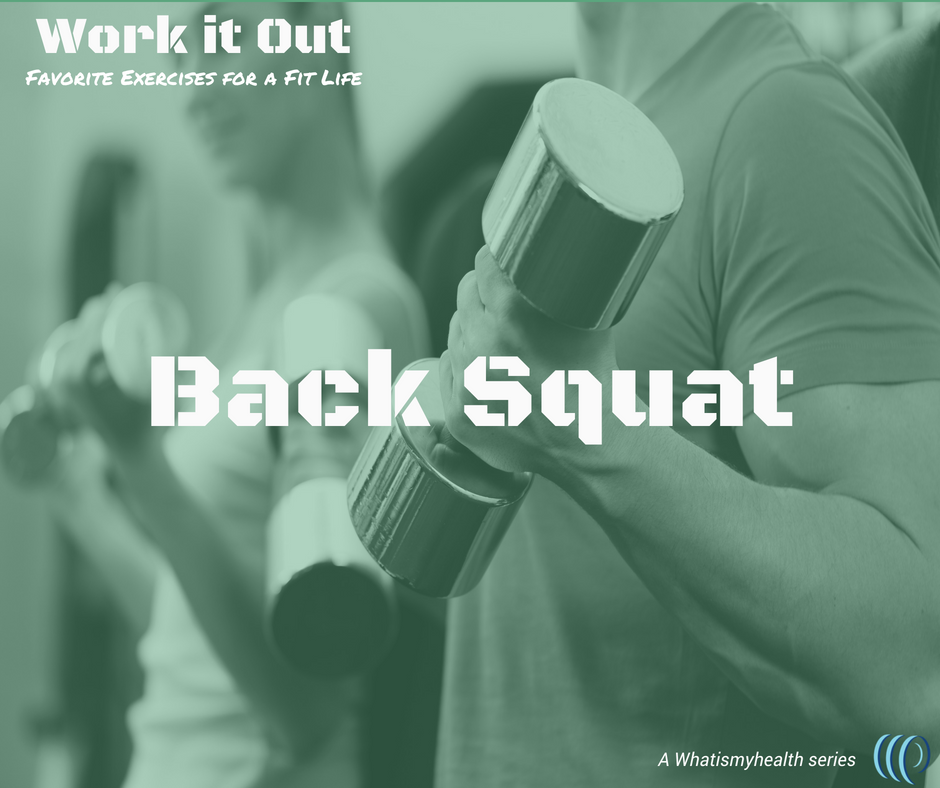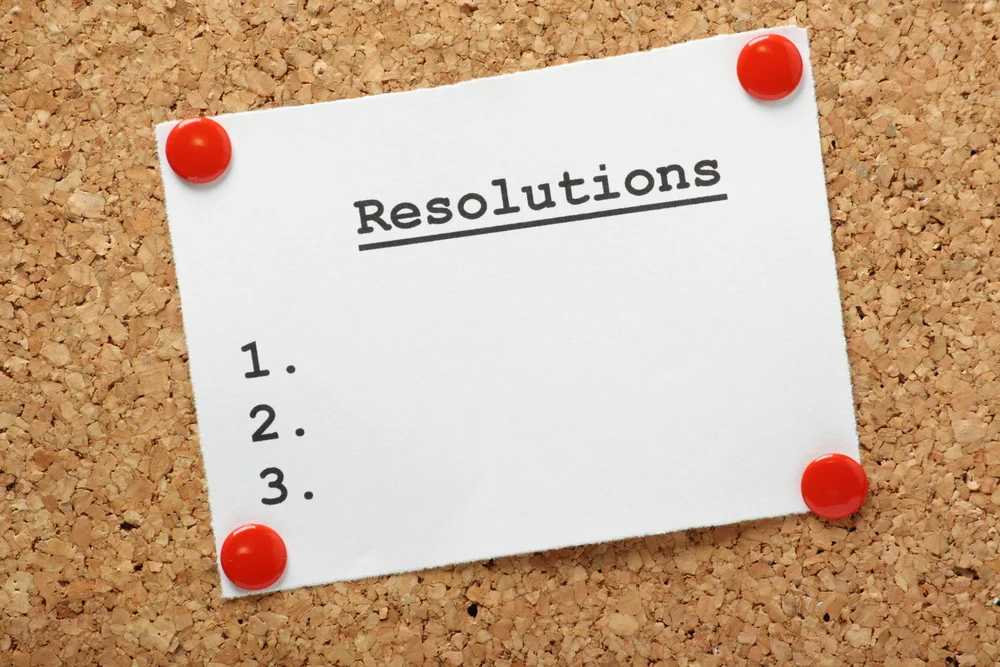Work It Out: Back Squat
/Welcome to the “Work it Out” series from My Train of Thought. In this series, Certified Personal Trainer Sean Jackson will share some of his favorite exercises, breaking down what each exercise is, what it’s good for, and how to perform it safely and effectively.
*Disclaimer: It is recommended that you consult your health care professional, as well as a certified trainer before attempting to perform a new workout. It is recommended that you familiarize yourself with the exercise and its proper form in order to prevent injury and account for any pre-existing injury or other conditions, as well as to ensure that the exercise is advisable for you.
Exercise:
Back squat
What it is
The back squat is a “lower body complex” exercise, meaning that uses multiple joints— both the knees and hips— where you go from a standing position to a squatted or seated position. This exercise recruits your core, targeting your quads, glutes, and hamstrings. The back squat is one of the best exercises for determining overall fitness level and is a great measurable for raw strength indicators such as matching your own body weight.
Why Back Squat?
The goal of the back squat is to utilize the most muscles by proficiently lowering the weight to a squat position and then returning to a standing position. I personally love this exercise because it tests your mind, body, and spirit. “Do you even squat?” I do! But seriously, this exercise uses the legs to their fullest capacity, and it is something you can improve at every time you do it.
This is a great exercise for overall performance no matter what activity level you’re striving for, generally speaking. I would recommend this exercise to almost anyone, with the one caveat being that they would need to show they can perform the proper technique. For example, I would not recommend this exercise to people with valgus collapse (a condition where the knees cave in) or anterior tilt (where the chest falls forward).
What you’ll need
To perform the back squat, you’ll need a rack and a barbell. For modifications, you can use dumbbells or kettlebells. These are great if you’re working out in your own home gym.
Let’s talk action
To start, the bar should be across the shoulders, not the neck. The hands should be somewhere comfortable and in control. There is normally a ring on the bar for hand placement, which I use as my reference point— but everyone is different. If you do use the ring, your hand should be placed so that your pinky is on the ring.
To engage the core, squatting down; the range you are looking for is about 90 degrees in your knees and at the waist. If it helps, picture sitting in a chair in which your feet reach the ground. That is where you should aim for your legs to bend. Sometimes it helps to use a box or step roughly that height. From that position, you then stand upright to complete the squat.
Measurable Goals
How much weight should you start with? This will vary. You can start with just the bar, and then, per NASM, increase 20-30 lbs. at a time. Repeat the squat action anywhere between 3-5 sets to start.
As far as the number of reps, these will be determined based on your goal. For strength and endurance goals, you can do 12-15 reps per set. If your goal is hypertrophy (muscle bulk), try sets of 8-12 reps.
Once you’re able to squat your own body weight, from there, you can work towards increasing to reach different raw strength indicator checkpoints (2x, 3x your body weight) while still maintaining great posture control and mechanics. You can always research other program types to fit your goals. And, as always, it can’t hurt to talk to a certified fitness professional if you need more help.
Any questions? Ask Sean using the form below:
Stay tuned as the “Work it Out” series continues.
Next up: Bench Press.
Whaitsmyhealth © 2018
Additional video resources:

















When working out starts feeling monotonous, these 3 things help me to find new vigor for working out.